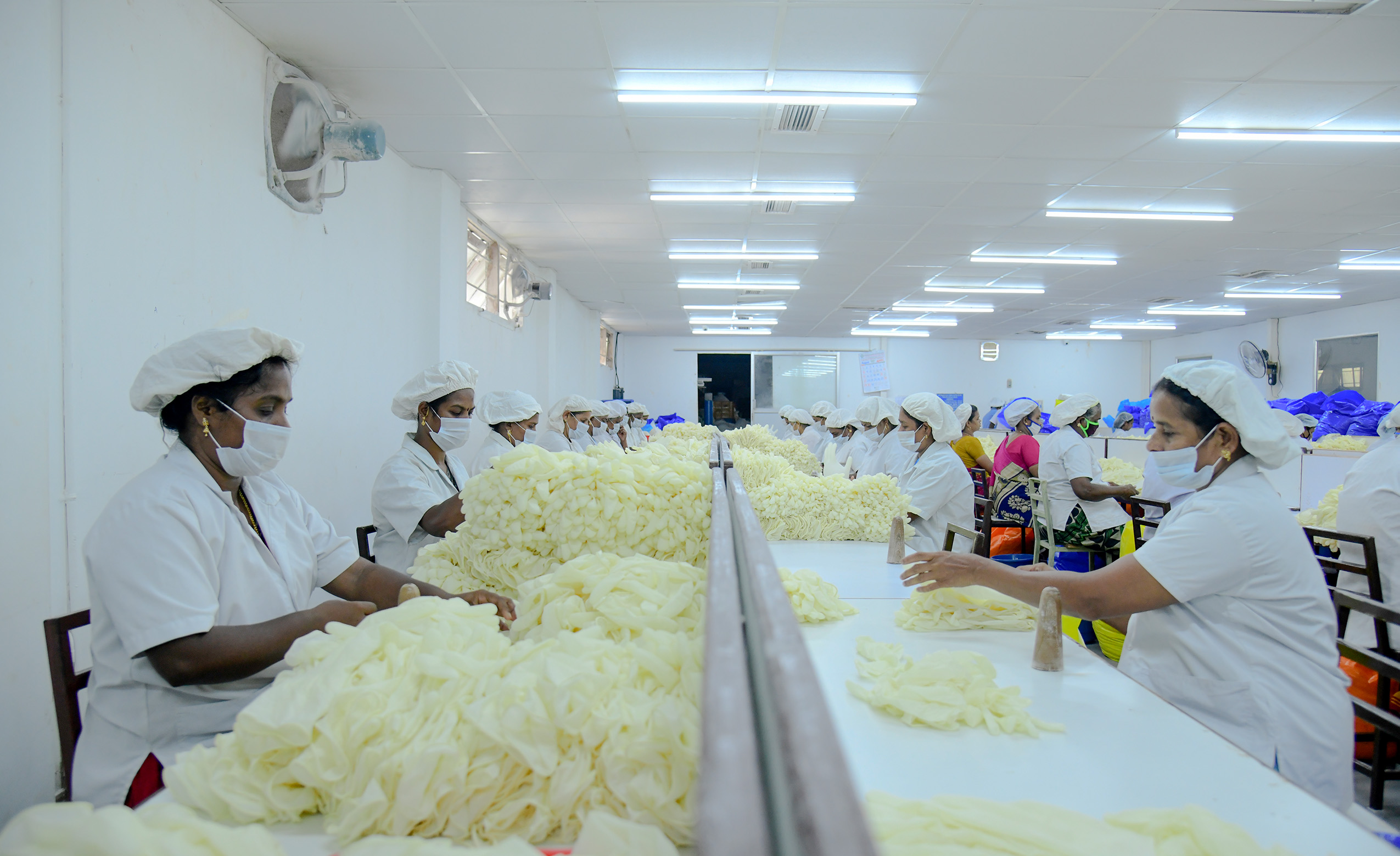The activity of germicides against microorganisms depends on a number of factors, some of which are intrinsic qualities of the organism, others of which are the chemical and external physical environment. Awareness of these factors should lead to better use of disinfection and sterilization processes.
The key reason sterilization is important is the way it prevents the potential spread of harmful bacteria and other pathogens which might cause disease. Conditions like HPV, hepatitis and certain others are known to commonly spread through the sorts of tools and surfaces which are used in dental and other medical treatments (also in some drugs which use needles).
In addition, proper sterilization stops the spread of any individual illnesses a prior patient may have.
Sound dental sterilization practices in dentistry protect patients, dentists and the whole team. They prevent the growth of bacteria on instruments and surfaces throughout the dental practice. They ensure that the germs in your mouth don’t make it into anyone else’s and that no one who’s been in the chair before you has passed along anything to you.
Microorganisms in blood and saliva can carry bacteria and diseases like hepatitis, herpes, tuberculosis, staph and strep. When proper dental sterilization procedures aren’t used they can pass from one patient to another. Improper sterilization practices can make you really sick, and they can also create serious complications if you have any preexisting conditions. Good sterilization practices could actually save your life!
That’s why dentists and dental assistants use so many precautions.
Sterilization is of utmost importance in the medical field. This process ensures that medical equipment and instruments used on patients are highly cleaned and sanitized, thus, preventing the development and spread of infections. Medical equipment varies, and are generally categorized as either critical or non-critical, and may require a specific type of sterilization technique to retain their quality and functionality.
There are various sterilization processes employed in clinics, laboratories and hospitals. These include the use of high-level disinfectants, autoclave and chemiclave sterilizers. Each of this approach has its pros and cons. The key differences lie on the mechanisms involved, sterilizing procedure, drying time, and the material types that are compatible with each type.
Over a decade, sterilization techniques have evolved to more sophisticated and efficient autoclave sterilization method. Sterilization of instruments and consumables required can be achieved using moist heat & dry heat, ultraviolet light, Formaldehyde, Ethylene oxide, and gamma radiations. In Hospitals and Dental clinics most commonly used method for sterilization is steam sterilization (moist heat sterilization), steam sterilizer (Autoclave) is used for generation of steam under pressure, in some autoclave pure steam is directly used generating form utility section. Steam sterilization is widely accepted for following reasons.
- Steam is effective sterilant – Kills microorganisms and their spores by coagulating proteins.
- Easy and comparatively safe to handle.
- Saves time – sterilization is achieved within 15 to 30 minutes time span.
- No post sterilization activities are required.
- Non-hazardous method.
- Most economic.
Other chemical methods for sterilization are ETO, Formaldehyde and Use of Hydrogen Peroxide are also effective methods of sterilization but are not economic, requires regulated management, comparatively hazardous and time-consuming sterilization processes, hydrogen peroxide is time saving most effective but economically high value sterilization method.
Other Physical method like Gamma radiations, UV sterilization are hazardous methods require more regulated operations.
MODERN Vs CONVENTIONAL STERILIZATION TECHNIQUES
| MODERN STERILIZATION TECHNIQUES | CONVENTIONAL STERILIZATION TECHNIQUES |
| Large Chambers using temperature & pressure both as source of sterilization | Conventional steam sterilizer (high pressure cooker) are small, single-wall steam sterilizers in which the steam is generated from water placed in the bottom of chamber |
| Includes drying process which leaves no moisture or wet surface behind | It’s a wet process & does not involve any drying process |
| High level of assurance of sterilization. | Assurance of sterilization is under question. |
| Post sterilization contaminations are negligible. | Post sterilization contamination chances are more. |
| At high pressure i.e. 15 lbs water boils at 121⁰C and steam is generated. | Water boils at 100⁰C hence temperature required for sterilization is not achieved. |
| Uses sophisticated packaging for sterilization which provides assurance of sterility longer duration. | Mostly uses linen for sterilization & sterile items are meant to be used immediately after sterilization |
| Equipment are expensive | Equipment are cost effective |






